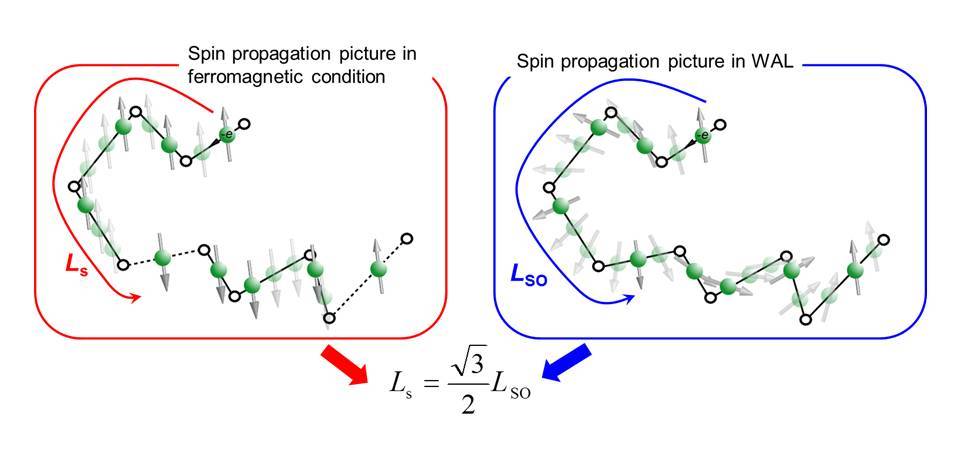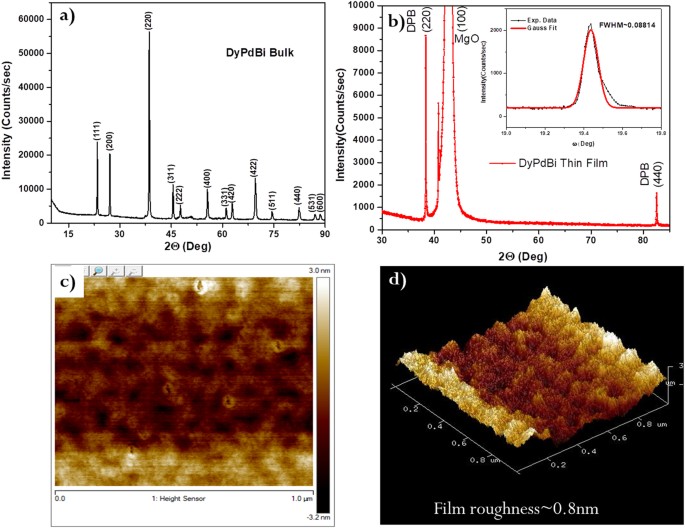
Our results are helpful for understanding the quantum transport properties of SnTe. Meanwhile, as the temperature decreases, the temperature dependence of phase coherence length gradually changes from l ϕ∼ T −1 to l ϕ∼ T −0.5, suggesting that the dominant mechanism of phase decoherence switches from electron–phonon scattering to electron–electron scattering. Here, we report the growth of high-quality Ta0.7Nb0.3Sb2 single crystals via the chemical vapor transport (CVT). A close analysis of the WAL data shows that the number of transport channels contributing to WAL increases monotonously with decreasing temperatures, reaching N=2.8 at T=1.6 K in one of the devices, which indicates the decoupling of Dirac cones at low temperatures. Weak antilocalization (WAL) effect is commonly observed in low-dimensional systems, three-dimensional (3D) topological insulators and semimetals. Due to the polycrystalline nature and the relatively low mobility of the films, the background of conventional magnetoresistance was greatly suppressed, and clean WAL signals, which are well described by the Hikami–Larkin–Nagaoka equation, were obtained at low temperatures. In this article, we present our study on WAL in polycrystalline SnTe films deposited by magnetron sputtering. Previous works on weak antilocalization (WAL) of SnTe were mostly carried out in MBE-grown films, where the signals of WAL usually coexist with a large parabolic background of classical magnetoresistance. Xiaodong Li 1, Yang Yang 1, Xiaocui Wang 2,3, Peng Zhu 2, Fanming Qu 3, Zhiwei Wang 2 and Fan Yang 1,*ġ Center for Joint Quantum Studies and Department of Physics, School of Science, Tianjin University, Tianjin 300350, ChinaĢ Centre for Quantum Physics, Key Laboratory of Advanced Optoelectronic Quantum Architecture and Measurement (MOE), School of Physics, Beijing Institute of Technology, Beijing 100081, Chinaģ Beijing National Laboratory for Condensed Matter Physics, Institute of Physics, Chinese Academy of Sciences, Beijing 100190, China Transport through these magnetic barriers causes a positive magnetoresistance superimposed on the weak antilocalization signal.Weak Antilocalization in Polycrystalline SnTe Films Deposited by Magnetron Sputtering The metamorphic growth of the heterostructure causes a nonplanar quantum well that enables the formation of magnetic barriers in the presence of a parallel applied magnetic field. From the dependency of the spin relaxation time on temperature and in-plane magnetic fields, we conclude that the Dyakonov-Perel mechanism is the dominant spin relaxation mechanism. From fits to the conductivity correction, spin and phase relaxation times are extracted in a large temperature range from 200 mK to 16 K.

At low magnetic fields we observe a well pronounced weak antilocalization signature, demonstrating that magnetic ions in proximity to the itinerant holes preserve phase coherent transport, although magnetic effects like the anomalous and planar Hall effects are present at low temperatures.

the classical conductivity, which never appeared in two-dimensional magnets. Phase coherent transport phenomena are studied in a magnetic, two-dimensional hole system confined in a strained InAs quantum-well structure. phase coherence Quantum transport properties with weak antilocalization observed in tetragonal CsSnI 3 Demonstration of quasi-2d charge carrier behavior with of spin-orbit coupling Epitaxial halide perovskites emerging materials for quantum electronic applications Nasyedkin et al., iScience24, 102912 August 20, 2021ª 2021 The Author(s). ABSTRACT: The weak antilocalization (WAL) effect is known as a quantum correction to.


 0 kommentar(er)
0 kommentar(er)
